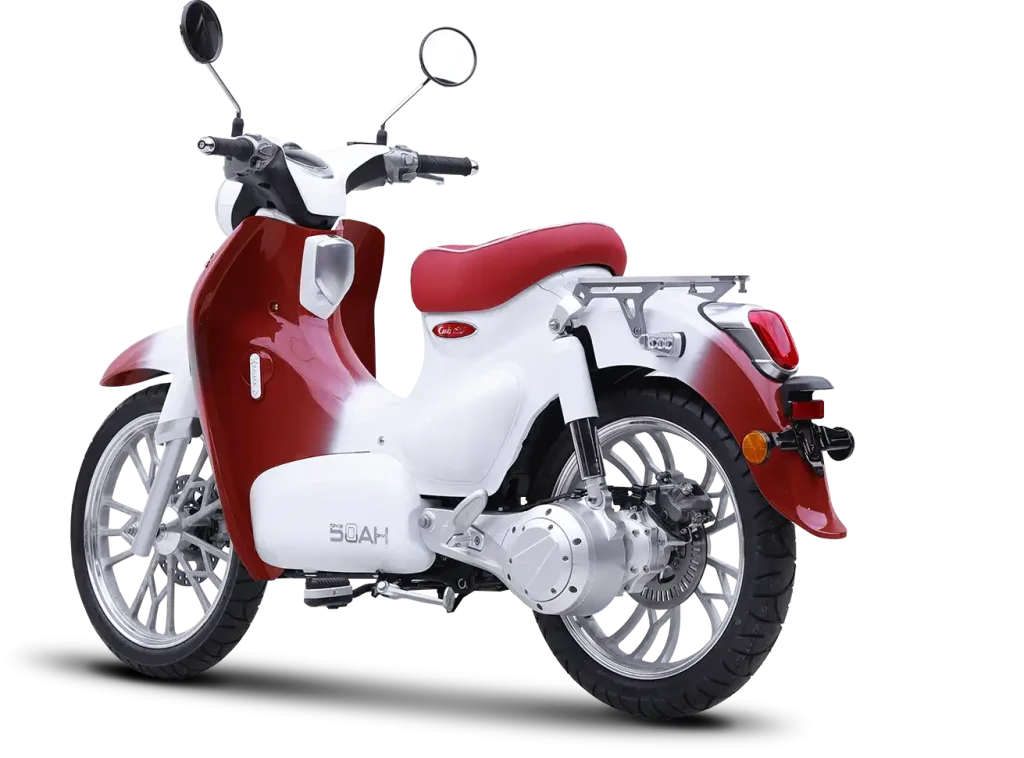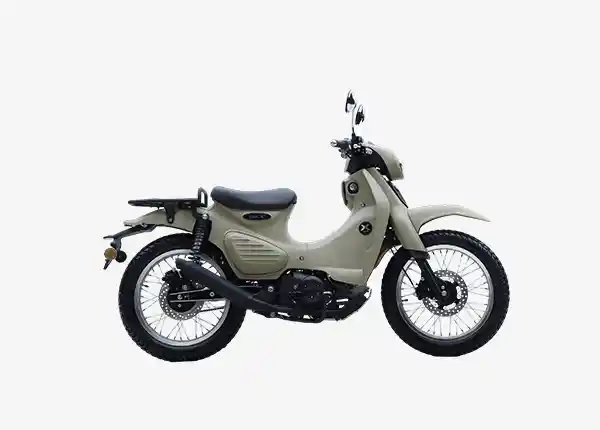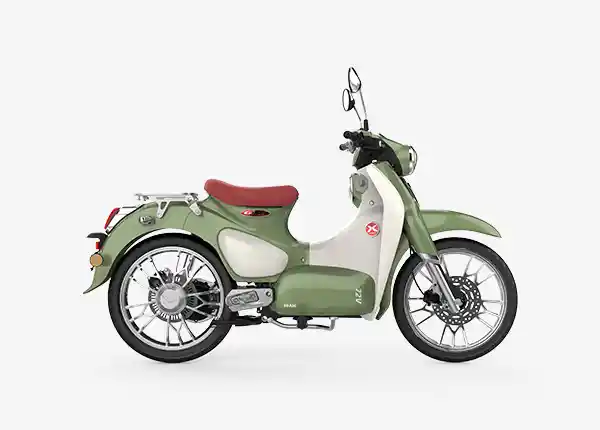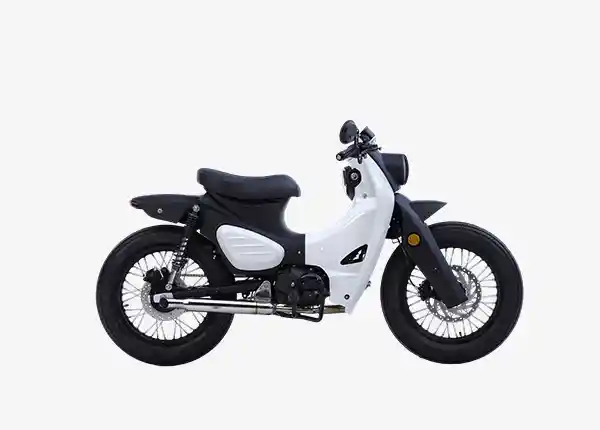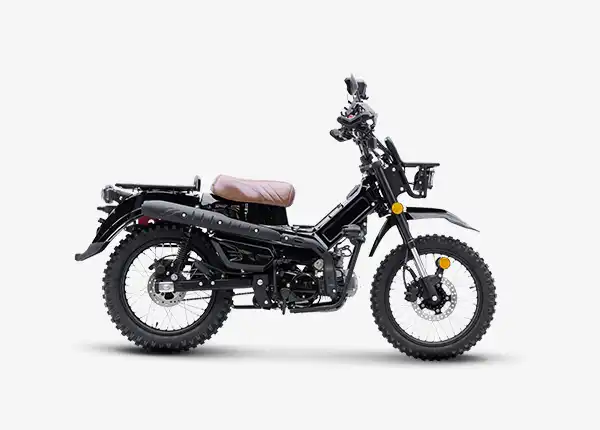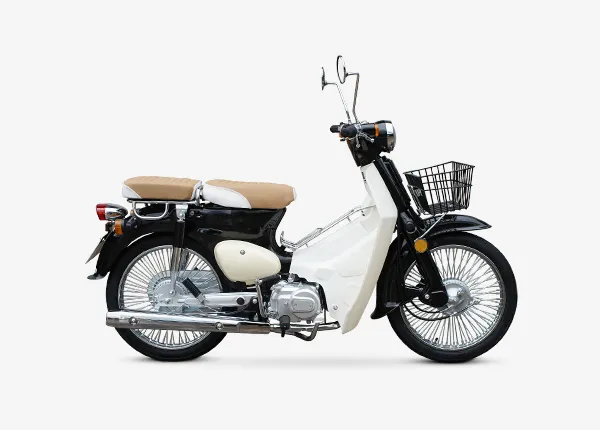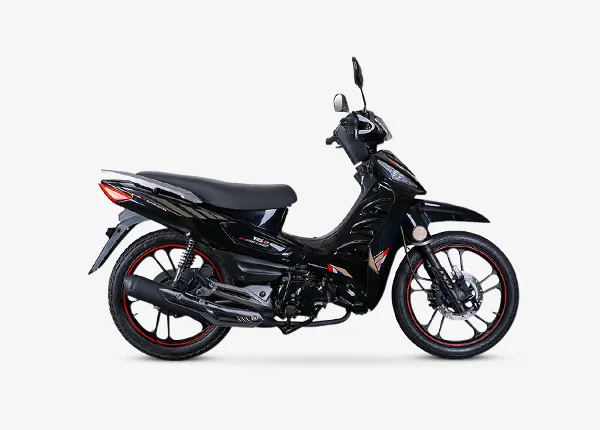
When I first hopped on an electric motorbike, I expected something quiet, maybe even boring.
But what happened next completely changed my mind.
The instant acceleration — that smooth surge of silent power — felt like stepping into the future.
So, how exactly do electric motorcycles work?
Let’s dive into it, in plain English.
About this Article
🔋 1. What Is an Electric Motorcycle?
An electric motorcycle, also called an EV motorcycle, is powered by electricity instead of gasoline.
It uses a battery to store energy, an electric motor to turn that energy into motion, and a controller to manage everything in between.
Unlike a traditional motorbike, there’s no clutch, no gears, no exhaust, and no engine noise — just pure, clean power delivered directly to your wheels.
As Zero Motorcycles describes it, “It’s not just a new kind of bike — it’s a new kind of ride.”
⚙️ 2. The Main Components of an Electric Motorcycle
Think of an EV motorcycle as a beautifully simple machine made of five key parts:
A. The Battery – Your Energy Tank
The battery pack is like the heart of your bike.
Most EV motorcycles use lithium-ion batteries, similar to what’s inside your smartphone — just much bigger and more powerful.
Battery capacity is measured in kilowatt-hours (kWh).
The higher the number, the longer you can ride before needing to recharge.
Typical EV motorcycles offer 100–250 km (60–155 miles) of range per charge.
Advanced models from Harley-Davidson LiveWire can even go beyond that, especially in city traffic.
⚡ Pro tip: Charging overnight from a home outlet is easy — it’s like plugging in your phone after a long day.
B. The Motor – The Muscle Behind the Motion
The electric motor converts electrical energy into motion.
When you twist the throttle, the controller sends electricity from the battery to the motor, generating a magnetic field that spins the wheel.
Two main designs exist:
- Hub Motors: Built into the wheel hub. Simple, quiet, and efficient.
- Mid-Drive Motors: Placed near the center for better balance and torque.
- Side-Mounted Motor:Installed beside the rear wheel, connected via a short belt or shaft.
Side-mounted motors are gaining popularity because they provide a perfect compromise — compact, efficient, and easy to cool, yet powerful enough for sporty performance.
Because electric motors deliver instant torque, EV motorcycles can accelerate faster than most gas bikes at low speeds.
No gears, no delay — just twist and go.
As riders often say:
“It’s like having superpowers in your right hand.”
C. The Controller – The Smart Brain
The controller manages how much power flows from the battery to the motor.
It constantly reads your throttle input, battery temperature, and wheel speed to make sure everything runs smoothly.
Modern systems use AI-like algorithms to balance performance and efficiency — some even offer riding modes like “Eco”, “Sport”, or “Rain”.
D. The Charging System – Your Refueling Routine
Charging an electric motorcycle is straightforward: plug it into a wall socket, EV station, or fast charger.
- Home Charging: 4–6 hours (standard outlet)
- Fast Charging: 45–60 minutes (80% charge)
The CHAdeMO and CCS standards are popular for fast-charging EV motorcycles around the world.
Some brands are also testing swappable batteries — just replace the pack in minutes and keep riding.
E. Regenerative Braking – Smart Energy Recycling
Here’s something clever: when you slow down or brake, your motor acts like a generator, sending energy back into the battery.
This feature, called regenerative braking, can extend your range and reduce wear on your brakes.
It’s one of the small engineering tricks that make electric motorcycles so efficient and sustainable.
🌱 3. Why Riders Love EV Motorcycles
Once you try one, it’s hard to go back to gas. Here’s why riders around the world are switching to electric:
✅ Instant Power: Electric torque gives you smooth, explosive acceleration.
✅ Low Maintenance: No oil changes, filters, or complex transmissions.
✅ Eco-Friendly: Zero tailpipe emissions, quiet operation, and less noise pollution.
✅ Low Running Cost: Electricity is far cheaper than gasoline.
✅ Easy to Ride: No gears or clutch — perfect for beginners.
In cities like London, New York, and Tokyo, EV motorcycles are even allowed into low-emission zones where gas bikes are restricted.
⚠️ 4. What’s Holding Them Back (for Now)
Of course, the technology isn’t perfect yet.
Here are the current limitations most riders mention:
- Battery Cost: Lithium packs are still expensive, though prices are falling fast.
- Range Anxiety: Long trips require more planning.
- Charging Infrastructure: Some regions still lack fast-charging networks.
But according to the IEA Global EV Outlook 2024, electric two-wheeler sales rose 32% year-over-year, with Asia leading the charge — literally.
So the future looks bright.
🚀 5. The Future of Electric Motorbikes
Technology is evolving rapidly, and the next wave of EV motorcycles is closer than you think.
Here’s what’s coming soon:
- 🔋 Solid-State Batteries – double the range, faster charging.
- 🧠 Smart Connectivity – GPS-linked performance and safety data.
- 🔄 Battery Swapping Networks – instant refueling in seconds.
- 🌿 Eco Materials – recyclable frames and sustainable components.
As Electrek reports, the EV two-wheeler market could double by 2030 as battery innovation continues.
It’s not just about greener transport — it’s about better rides.
🏁 6. The KAMAX Takeaway: Simple, Clean, and Powerful
At KAMAX, we believe the electric motorcycle represents more than a new engine — it’s a new mindset.
A mindset of simplicity, sustainability, and performance.
Electric bikes prove that you don’t need noise to feel power, or pollution to feel freedom.
You just need energy — clean, silent, and ready at a twist.
Plug in. Charge up. Ride forward.
The future of motorcycling isn’t coming — it’s already here. ⚡
❓ Frequently Asked Questions (FAQ)
Q1. How long does it take to charge an electric motorcycle?
Most models take 4–6 hours at home, or under 1 hour with a fast charger.
Q2. How far can EV motorcycles go?
Depending on the model and riding style, anywhere from 100 to 250 km per charge.
Q3. Are electric motorbikes cheaper to maintain?
Yes. With fewer moving parts, EV bikes can cost up to 70% less to maintain than gasoline motorcycles.
Q4. Can electric motorcycles be used for long-distance travel?
Yes, but you’ll need to plan charging stops. Some riders use apps like PlugShare to find stations along the way.
Q5. Are they good for beginners?
Absolutely! With no gears or clutch, they’re easier and smoother to handle.

